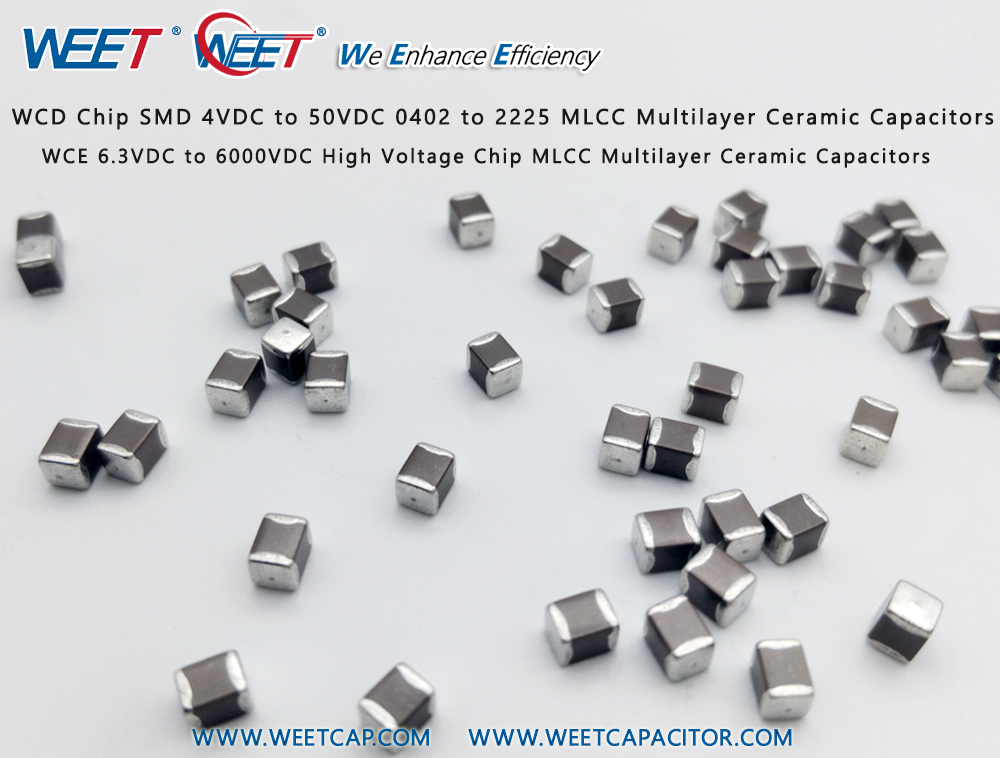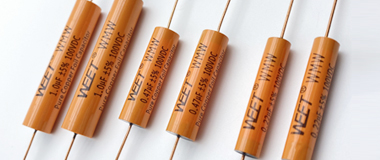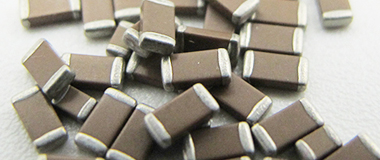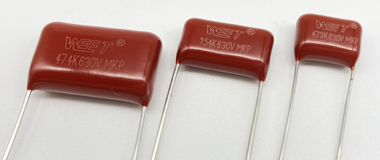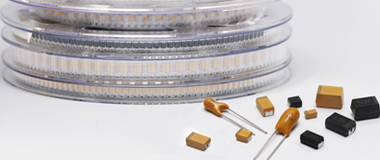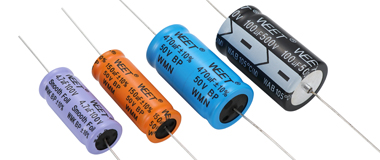Surface mount ceramic capacitors (ceramic capacitors) belong to non-polar capacitors, without positive or negative poles, and can be installed in any direction in the circuit.
However, it should be noted that special types of surface mount capacitors such as aluminum electrolytic capacitors and tantalum capacitors have polarity.
Polarity characteristics of surface mount ceramic capacitors
Non polarized design:
Surface mount ceramic capacitors (ceramic capacitors) are composed of symmetrical ceramic dielectrics and metal electrodes, and their physical structure determines that there is no need to distinguish between positive and negative electrodes.
The common capacity range is picofarads (pF), which is resistant to high temperature and high pressure and widely used in high-frequency filtering, signal source decoupling, and other scenarios.
Comparison with other surface mount capacitors:
Aluminum electrolytic capacitor: Working through electrolyte, the black marked end is the negative electrode, and reverse connection may cause damage.
Tantalum capacitor: The positive pole is marked with a color band or a "+" symbol, and reverse connection is prone to failure.
Precautions for use
Ceramic capacitors do not require directional recognition, but aluminum electrolytic/tantalum capacitors must be installed strictly according to polarity.
Misusing polarized capacitors as non-polar can lead to circuit failures or component damage
